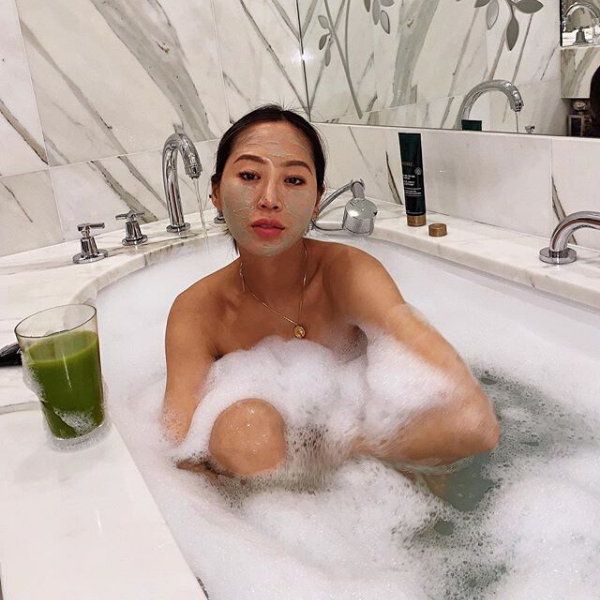
Another day, another buzzed-about skincare ingredient. And while there have been many passing fads (remember when tumeric was big?), some ingredients are tried, tested and here to stay. One such ingredient? Squalane.
What the heck is squalane?
Squalane is a super moisturising ingredient “that instantly hydrates and replenishes the skin barrier,” explains Catherine Gore, President of clean Californian skincare brand Biossance.
But here’s where it gets confusing — squalene (note the ‘e’ not the ‘a’) is produced naturally by the human body. As Catherine explains, “the amount present in your skin decreases as you age, leaving your skin dry.” Squalane is a manufactured ingredient that mimics squalene, boosting hydration in the skin, while also protecting it from external aggressors. The similarities between squalene (which is naturally produced by our bodies) and squalane (which is manufactured means that as a skincare ingredient) means the ingredient is easily recognised by your skin, and as a result is absorbed quickly and effectively.
Initially harvested from shark liver, squalane was originally a wildly unsustainable option, especially with shark numbers rapidly declining. However, Biossance’s parent company, Amryis, Inc., have been hugely innovative in the “[development of a] sugarcane-derivate as an alternative.” As a result, the squalane used as the Biossance hero ingredient is sustainably sourced and exceptionally stable.
So, what does it do for the skin?
Basically, squalane is a super hydrator. “[It] instantly hydrates and replenishes the skin’s moisture barrier. This barrier is what keeps our skin healthy so it can do it’s very important job of protecting us against the outside world. When our skin’s barrier becomes compromised— through severe climates or harsh products, it shows in irritation, redness and other sensitivity issues. Squalane helps keep your moisture barrier in optimal condition and your skin smooth, soft and healthy-looking,” explains Catherine.
When it comes to getting the best results from an ingredient like squalane, Catherine recommends pairing it with hyaluronic acid. “Both are heavy duty and potent moisturising ingredients, however they offer different layers of moisture. Hyaluronic acid pulls moisture from the air, while squalane helps to lock it in and prevent hydration from being lost. The two together make an amazing power couple,” she says.
What skin types should be using it?
The best thing about squalane, explains Catherine “is that it benefits all skin types. Because it’s a natural component of our skin’s moisturiser barrier, it’s recognised by our body, absorbs quickly and supports the delivery of other beneficial skincare ingredients.” It is even beneficial for oily skin types, she notes, as “it is weightless and non-comedogenic, meaning, it won’t clog pores.”
Why is it A+ for sustainability?
As a clean skincare brand, Biossance are leading the way when it comes to sustainability. With priorities on low-water usage, using compostable boxes, plus the utilisation of sugarcane (grown far from rainforests to avoid deforestation), the brand’s squalane range is both sustainable, 100% plant-based, reef-safe, cruelty-free and vegan. “Clinically-proven, effective, and sustainably-sourced ingredients are possible because the science and ingredients are so good, that clean and clinical are one in the same, we call it ‘cleanical’,” says Catherine.
So what squalane product should you try first? Our editor loves the Biossance Squalane Marine Algae Eye Cream, but with the brand counting the likes of Aimee Song and JVN as fans, we’d say you’d struggle to find a bad product.


